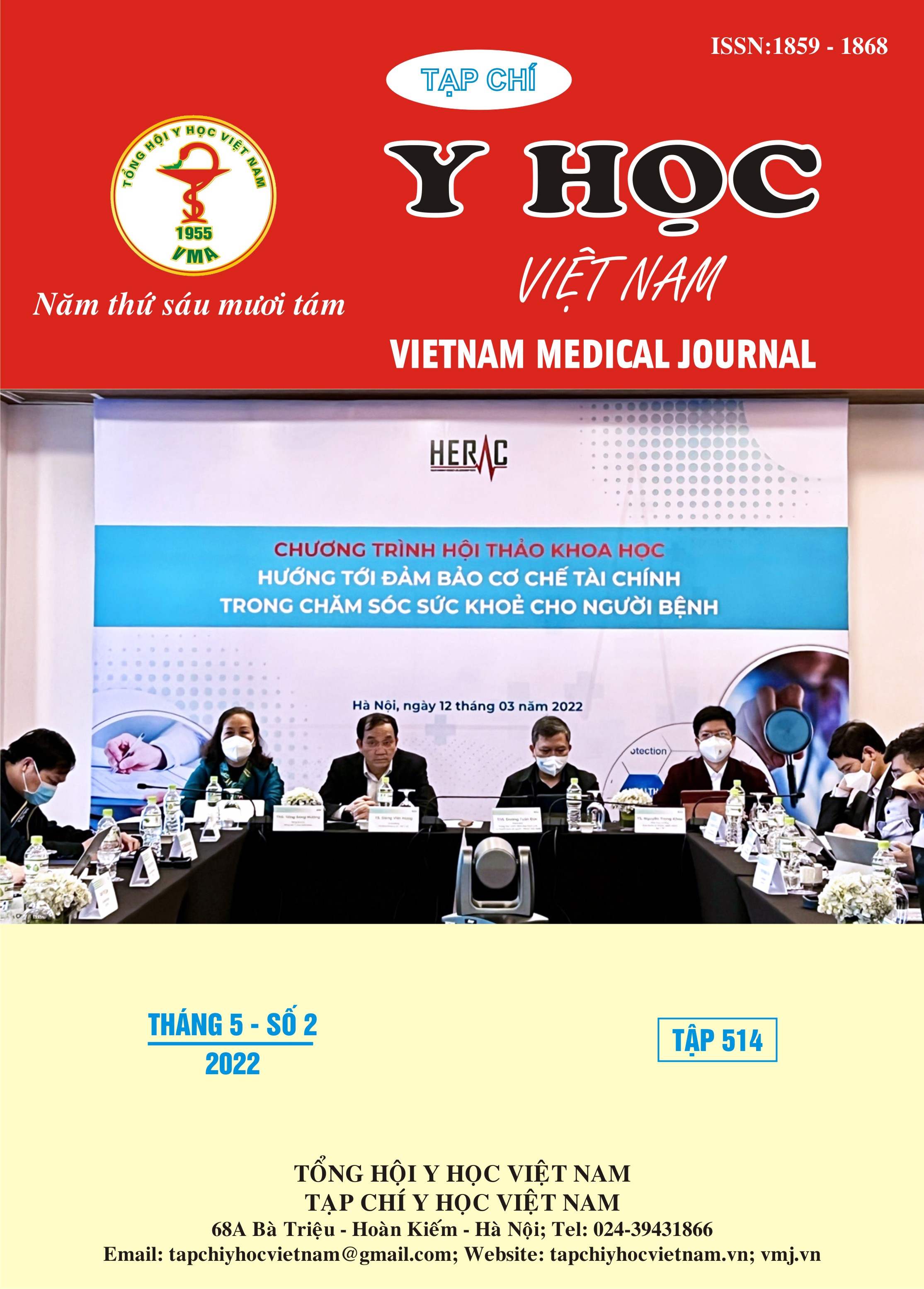ANAPHYLATIC SHOCK IN PATIENTS WITH CORONARY DISEASE: A CASE REPORT
Main Article Content
Abstract
Anaphylaxis shock is a serious statehappening when the body is exposed to antigens. The classic theory about pathophysiology of anaphylaxis is a systemic vasodilation which causes hypotension, decreased coronary perfusion. Increased vascular permeability results a profound decrease in cardiac output and circulatory system collapse. Some clinical reports showed that the myocardium and coronary arteries are the primary targets action of anaphylaxis mediators. In patients with this syndrome, releasing inflammatory mediators such as histamine, tryptase, leukotrienecause coronary artery spasm and aparting from atherosclerosis plaque. This syndrome is called acute coronary syndrome associated with anaphylaxis, or Kounis syndrome. In this article, we would like to present a clinical case: a 53-year-old male patient with a history of coronary artery disease who had an anaphylactic reaction to the antibiotic cefoperazone and subsequently developed an acute myocardial infarction while undergoing femoral artery bypass surgery. The early presence of ST elevation on ECG in patients with a history of coronary artery disease let the physician immediatelythought to myocardial infarction before treating of an anaphylactic reaction. This can delay the administration of adrenaline, prolong the time to control low blood pressure, create a pathological spiral that aggravates the coronary artery. Anesthesiologists should be have knowledge about Kounis syndrome and be cautious of anaphylactic in patients with coronary artery disease.Because when aggressively manage anaphylaxis shock maybe cause aggravates the coronary artery disease.
Article Details
Keywords
anaphylactic shock, myocardial infarction, anesthesia resuscitation
References
2. Kounis N.G. et al. Anaphylactic cardiovascular collapse and Kounis syndrome: systemic vasodilation or coronary vasoconstriction? Ann Transl Med.2018; 6: 332.
3. Stephen Slogoff. Anesthetic Considerations in Acute Myocardial Infarction. Tex Heart Inst J. 1991; 18(4): 269–274.
4. Kounis N.G.Kounis syndrome: an update on epidemiology, pathogenesis, diagnosis and therapeutic management.Clin Chem Lab Med. 2016; 54: 1545-1559
5. Abdelghany M. et al. New classification of Kounis Syndrome. Int J Cardiol. 2017; 247: 14.
6. Helbling A et al. Incidence of anaphylaxis with circulatory symptoms: a study over a 3-year period comprising 940,000 inhabitants of the Swiss Canton Bern.Clin Exp Allergy: J Br Soc Allergy Clin Immunol. 2004; 34: 285-290.


